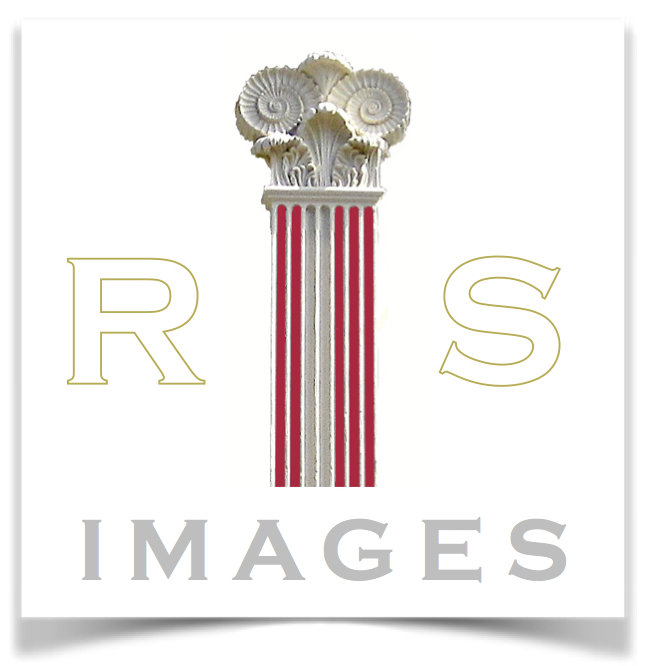The British Museum website records that, after printing with woodcuts, copper-plate engraving developed shortly after Johannes Gutenberg’s invention of the movable-type printing process in the mid C15th. Thereafter various copper-plate engraving techniques dominated image production across the whole of Europe for nearly four centuries, until they were finally displaced by new technologies, principally photography.
So in Images of Brighton, when John & Jill Ford comment on particular Brighton prints illustrating the fine and remarkable quality that Victorian printing achieved, they are praising 19th century Brighton publishers and engravers for building on this heritage of nearly four hundred years of copper-plate, and later steel, engraving. When photography finally brought it all to an end, Brighton & Hove, of where there were more 19th century engravings than any other urban centre outside London, was at the forefront of what those four centuries had achieved. Brief mention must also be made of the art of lithography, introduced as an alternative to engraving at the beginning of the 19th century, which also achieved near perfection among Brighton publishers in the 1850s.
But this change from engraving to photography had a profound impact on the finer details of topographical images. Concerning what became known as the ‘depth of field’ or ‘depth of focus’, when an engraver started on a scene, they would work on the principal part of the view and portray it in focus. When they worked on details of the foreground or background, these would similarly be in focus. But in early photography this ‘depth of focus’ was severely constrained. The Victorian/Edwardian cameras would hold the central part of the view in focus, but the rest was out of focus to varying degrees.
This ‘complete-focus’ characteristic of the engraved image has been put to good use on this website, where we have enhanced background details of several images to see Georgian and Victorian buildings and terraces which have been overlooked as specific pictorial subjects. So here are enhanced views of many rare aspects of Brighton together with some wider views of the town.
